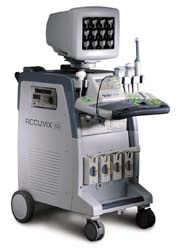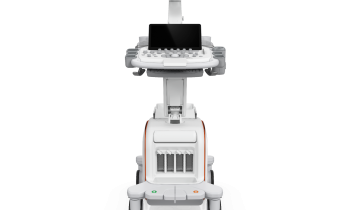Improvement in staging of prostate cancer
Three-dimensional transrectal ultrasonography (3D-TRUS) allows accurate 3D examination of pathological structures and prediction of extracapsular tumor extension.

“3D-TRUS can be used with no problems and is a simple procedure allowing exact assessement for staging prostate cancer,” said Dr, Mitterberger. “Locally confined and locally advanced prostate cancer can be differentiated with maximum convenience, reliability, and ease.”
3D-TRUS highly increase chances to detect pathological capsular perforation of the tumor: It predicted 44 of 53 cases correctly and features an overall accuracy of 96%.
The investigators conclude their report in the July issue of BJU International: “3D-Trus can be considered to guide the decision before a planned radical prostatectomy. If 3D-TRUS indicated locally advanced disease, the probability of capsular perforation or seminal vesicle invasion is very high.”
05.08.2007











